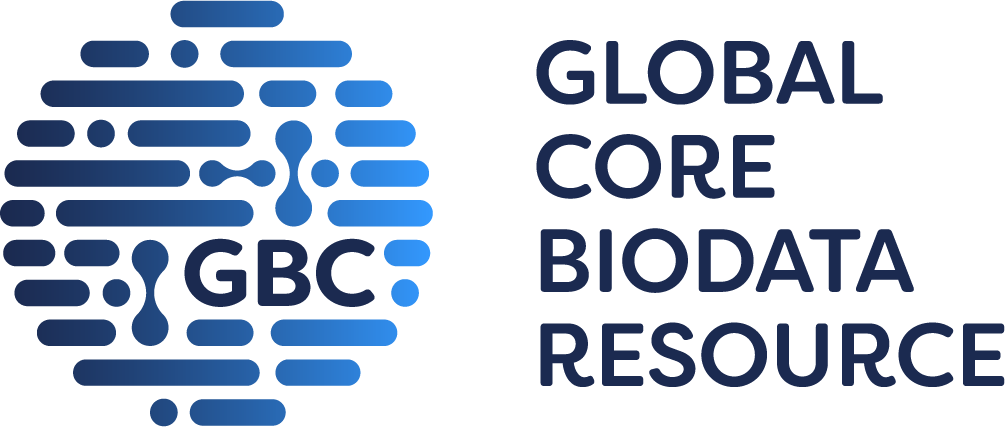Any feedback?
Literature summary for 6.3.2.2 extracted from
- Responses of glutamate cysteine ligase and glutathione to oxidants in deer mice (Peromyscus maniculatus) (2009), Ecotoxicol. Environ. Saf., 72, 1572-1578.
Activating Compound
| Activating Compound | Comment | Organism | Structure |
|---|---|---|---|
| carbon tetrachloride | a single dose of 1589 mg/kg body weight of carbon tetrachloride causes changes in CGL activity and glutathione content in multiple organs of deer mice. Hepatic GCL activity and GSH content are depleted substantially, renal GCL activity increases. Blood, brain and heart GCL activities increase, whereas GSH contents decrease significantly | Peromyscus maniculatus |
Inhibitors
| Inhibitors | Comment | Organism | Structure |
|---|---|---|---|
| carbon tetrachloride | a single dose of 1589 mg/kg body weight of carbon tetrachloride causes changes in CGL activity and glutathione content in multiple organs of deer mice. Hepatic GCL activity and GSH content are depleted substantially, renal GCL activity increases. Blood, brain and heart GCL activities increase, whereas GSH contents decrease significantly | Peromyscus maniculatus | |
| Pb2+ | in deer mice exposed to Pb, or Pb together with Cu and Zn via drinking water for 4 weeks. GCL activities are not significantly affected by treatments. Metal-contaminated soils do not lead to significant effects in pups via lactation, 50-day exposure alters glutathione content marginally, while 100-day exposure results in marked GCL activity depletion. After 100-day exposure, GCL activities of the medium soil-, high soil- and Pb-treated deer mice are only 53%, 40% and 46% of the control, respectively | Peromyscus maniculatus |
Organism
| Organism | UniProt | Comment | Textmining |
|---|---|---|---|
| Peromyscus maniculatus | - |
- |
- |





